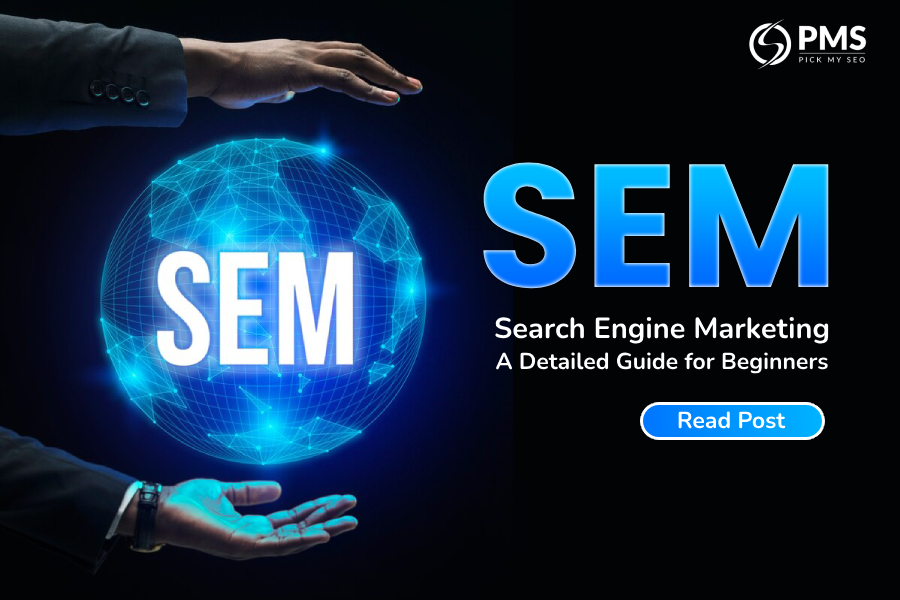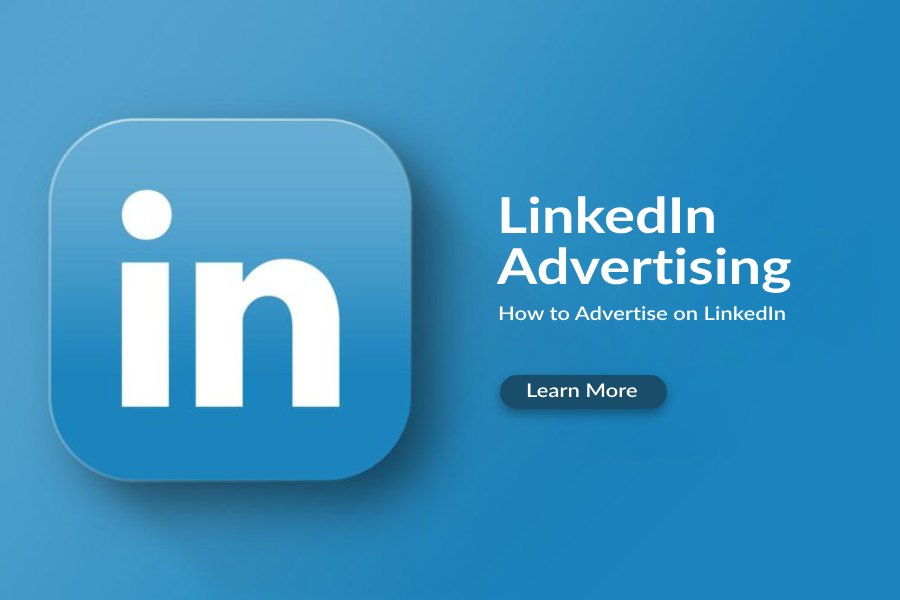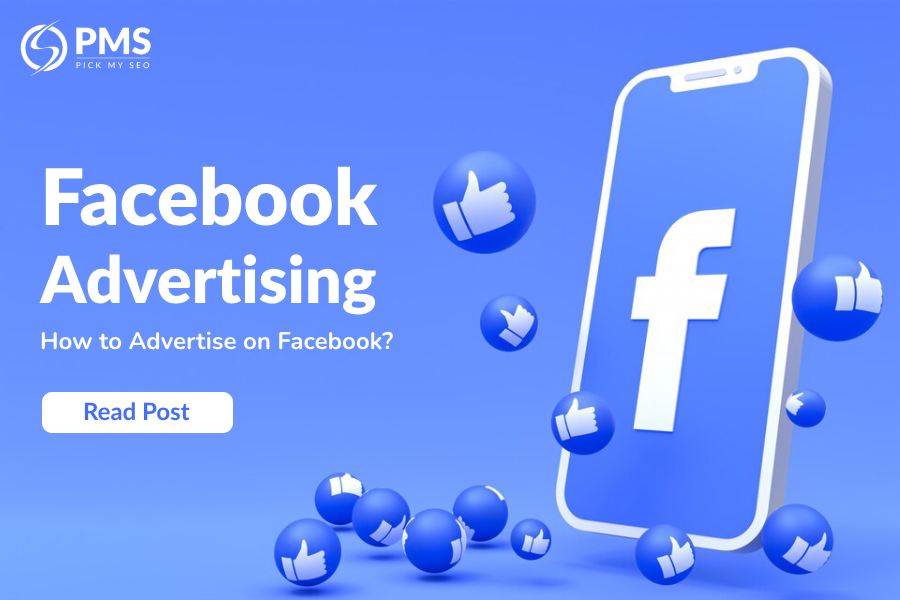As India’s internet economy continues to boom, search engine marketing is emerging as a game-changer for small and medium-sized businesses looking to increase visibility and reach new customers online.
Whether it’s a budding startup in Jaipur or a textile store in Surat, Indian entrepreneurs are rapidly turning to paid search platforms to attract web traffic. In a market where competition is fierce and attention spans are short, appearing at the top of search results has become more important than ever before.
What Is Search Engine Marketing and Why It Matters
Often referred to as SEM, search engine marketing involves placing paid ads on platforms like Google to show up when users search for specific terms. Unlike traditional marketing, SEM is highly targeted, cost-effective, and provides almost instant results.
According to digital marketing analysts, SEM allows businesses to “buy” visibility for selected keywords. These keywords could range from “best beauty parlour in Mumbai” to “cheap mobile phones online India.” When users search using these phrases, businesses that have paid for those keywords can appear right at the top.
“This isn’t just advertising—it’s about reaching people when they’re ready to take action,” says Rakesh Mahajan, a digital consultant based in Bengaluru. “If someone is searching for ‘buy sports shoes in Chennai,’ they are already interested. With SEM, you’re just showing up at the right time.”
A Boon for Small and Local Brands
For India’s growing pool of local entrepreneurs, search engine marketing is leveling the playing field. With a modest budget and a solid strategy, even small shop owners can appear alongside larger brands in search results.
Take the case of Kavita Sarees in Varanasi. Owner Kavita Gupta started advertising online during the lockdowns of 2020. “We didn’t know anything about digital ads, but we started with ₹1,000 and selected keywords like ‘Banarasi sarees online.’ Within days, we were getting calls from buyers across India,” she says.
This experience is not unique. Across cities like Pune, Kochi and Ahmedabad, businesses are reporting measurable boosts in leads and sales, thanks to targeted SEM campaigns.
How It Works: The Mechanics Behind SEM
At its core, search engine marketing operates like an online auction. Businesses select keywords they want to target and place a bid on how much they’re willing to pay when someone clicks their ad—a model known as Pay-Per-Click (PPC).
Platforms such as Google Ads then use an algorithm to decide which ads appear, factoring in bid amount, relevance, and ad quality. Higher relevance often means lower costs and better placements.
Here’s a breakdown of the SEM process:
- Keyword selection: Picking the right terms people are searching for
- Ad creation: Writing short but effective text that includes an offer or benefit
- Bidding: Setting a daily or per-click budget
- Targeting: Choosing location, language, devices and other filters
- Monitoring: Measuring how many people saw or clicked on the ad
Unlike TV or newspaper ads, search engine marketing allows complete control. Businesses can pause campaigns, change budgets, and test different messages in real time.
SEM vs. SEO: Understanding the Difference
Though often mentioned together, search engine marketing and search engine optimization (SEO) are not the same. SEO is the process of improving a website’s structure and content to rank higher in organic (non-paid) results. It’s a slow and steady strategy, often taking months.
In contrast, SEM offers faster visibility and direct control over who sees your ads. “Think of SEO as planting a tree and SEM as buying a bouquet,” says digital trainer Priya Ghosh. “Both have their place, but if you need results quickly, SEM is the way to go.”
| Feature | SEM | SEO |
| Cost | Paid (per click) | Free (but takes time & effort) |
| Speed | Immediate results | Slow, long-term results |
| Placement | Ads above organic results | Below ads in search results |
| Control | Full control over visibility | Limited control |
| Strategy | Short-term campaigns | Long-term brand building |
Emerging Trends: What’s New in SEM
As technology evolves, so does the landscape of search engine marketing. Google has introduced several AI-based features that automatically optimize ads based on performance data. This helps beginners with little experience create effective campaigns.
Voice search is also changing the game. With Indian users increasingly using voice assistants in Hindi and regional languages, marketers are now targeting more conversational phrases like “nearby dhaba open now” or “best mehndi artist in Ludhiana.”
Mobile-first strategies are also gaining ground. Over 90% of India’s internet usage happens on mobile phones. SEM campaigns designed for mobile screens tend to perform better, experts say.
Mistakes Beginners Should Avoid
While SEM offers excellent opportunities, it’s not without pitfalls. Experts warn new advertisers to avoid broad or irrelevant keywords that may waste their budget.
“Many businesses choose popular keywords like ‘mobile phone’ thinking it’ll bring traffic, but that traffic isn’t always useful,” explains Pranav Shetty, a freelance digital marketer. “You need to focus on intent-based keywords like ‘buy Samsung phone under ₹10,000.’ That’s more likely to convert.”
Other common mistakes include ignoring mobile users, not using negative keywords to filter out irrelevant searches, and not testing different ad versions.
Tools That Can Help Beginners
Starting a search engine marketing campaign can feel overwhelming, but there are tools to make it easier:
- Google Keyword Planner: Google Keyword Planner Helps find relevant keywords
- Google Ads Editor: Allows bulk editing and campaign management
- Ubersuggest: Ubersuggest Offers keyword ideas and competitor research
- Google Analytics: Tracks visitor behaviour and conversions
Several Indian agencies also offer managed services, often in local languages, for businesses that prefer expert help.
The Cost Factor: Is SEM Affordable?
One of the biggest myths around search engine marketing is that it’s expensive. In reality, SEM can fit almost any budget. A local tuition centre might run a ₹2,000 campaign over two weeks, while a larger brand may spend lakhs per month.
“With SEM, you’re only paying when someone clicks. That makes it more efficient than many traditional options,” says Hyderabad-based entrepreneur Mehul Jain.
However, experts caution against running ads without proper planning. It’s vital to define your goals—whether it’s website visits, phone calls, or online purchases—and track whether your investment is paying off.
Local Focus: Targeting the Indian Market
India’s diversity is both a challenge and an opportunity. To succeed in search engine marketing, businesses must localise their campaigns.
Here are some strategies that work well in the Indian market:
- Use Hindi or regional language keywords
- Offer location-based ads for city or area-specific searches
- Highlight discounts or deals prominently in ad text
- Include phone numbers or “call now” buttons for mobile users
- Time your ads to match shopping patterns, such as festival seasons or salary dates
What the Future Holds
With the government’s push for Digital India and the rising number of small business owners moving online, SEM’s importance will only grow.
By 2026, digital ad spending in India is expected to cross ₹50,000 crore, and search engine marketing will likely make up a large part of that. As more users come online from tier-2 and tier-3 cities, the demand for local, relevant, and targeted advertising will keep increasing.
“SEM is no longer just for tech startups or e-commerce giants. It’s becoming essential for every business, from sweet shops in Kanpur to wedding planners in Coimbatore,” says Ghosh.
Final Word
As more Indian businesses go digital, search engine marketing is proving to be a fast, reliable and cost-effective way to attract potential customers. With smart planning, careful targeting, and ongoing optimization, even first-time advertisers can see strong results.
For beginners, the key lies in starting small, learning from early campaigns, and using insights to grow. As India embraces the digital future, SEM is set to become the heartbeat of online business promotion.
Frequently Asked Questions
SEM stands for Search Engine Marketing. Its types include paid search ads, display ads, shopping ads, and remarketing.
An example is a Google Ad that appears when you search for “buy running shoes.
It involves bidding on keywords so your ads appear in search engine results when users search for related terms.
SEM is paid. SEO is organic and focuses on improving rankings without paying for ads.
Businesses use SEM to get quick visibility, attract targeted traffic, and increase leads or sales.






